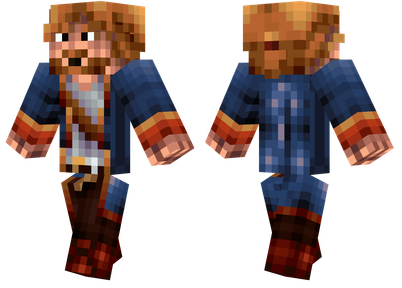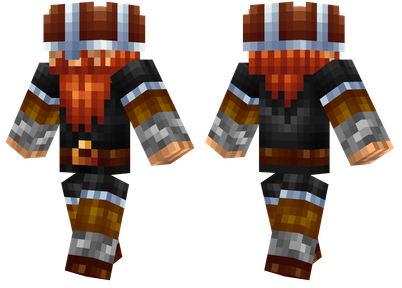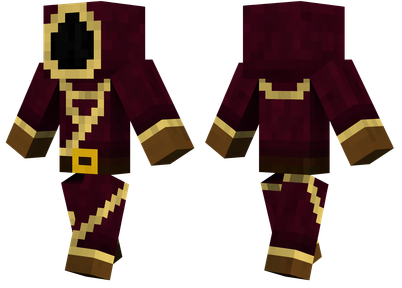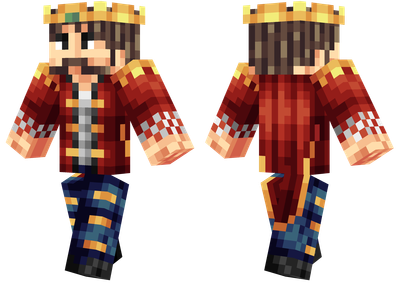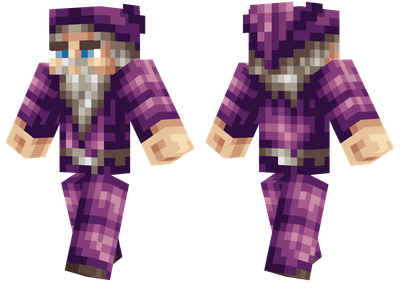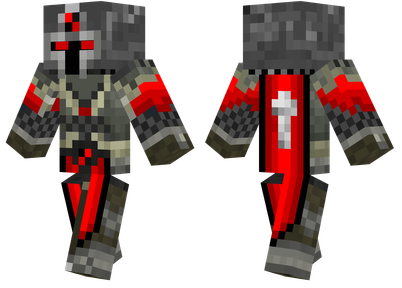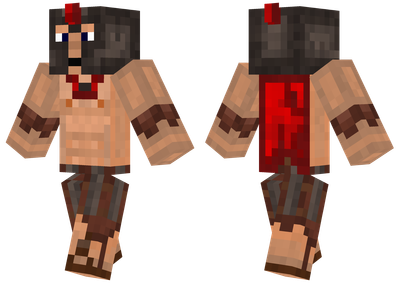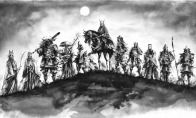This tutorial is set by the author's setting without permission.
Before starting, review the functions of the synthetic card in the standard sender.
When the sending mode is a mallet pattern, the sender will be regarded as a model. If the system has a request to synthesize the item, the sender will send a redstone signal, and the CPU will wait for the item to enter the system.
For example, if there is a configuration of a sender:
Generally speaking, it is easy to think of the sender of this mode can be used like this
That is, there is a set of production lines. When the material is needed, the sender is allowed to open the production line
However, more often our production line settings are this model
That is, the production line itself has the ability to control the inventory control (including the automatic destruction of too much materials). When the inventory is lower than a certain amount, the production line is automatically opened
Or the production line will continue to produce some materials and put it in inventory
You can change your mind at this time:
We order the system to output the material and pull it back to the system
Use the synthetic card to control the time to turn on the time
In this way, the material will pass through the "enter to the system", so the synthetic CPU can receive the material for synthesis.
Generally, the amount of inventory of the production line has a certain limit. When the CPU is not enough in order to synthesize a large amount (or a very complex high -end finished product)
After eliminating the requirements of the material, the CPU can be allowed to request any more material to synthesize.As long as the speed of the production line can meet the needs, and the capacity of the CPU is large enough:
Disadvantages: In the AE version of 1.16.5 and below, the sender is a channel killer. A single sender needs to occupy a channel:
1.18.2 AE version of AE, the sender does not take up the channel:
Look at the actual application:
In the TechNOLOGAL JOURNEY integrated package, GCY has added a large number of complex production processes, and the package author clearly recommends not to use AE2FC, and close the AE channel characteristics.
At this time, you can use the sender to write the formula of specific production materials for the CPU to use
Example 1: All kinds of solid plastic
Use a fluid curing machine, and use a storage bus to read one of them
When the CPU needs the plastic, let the system output the plastic block and return it back to
Or the production process is complicated, and the packaging is packaged into the production line to produce:
The crystal CPU production process in TJ is slightly complicated
So it is packaged here as a production line and a regular inventory of 2,000
A crystal CPU can make 4 crystal processors
As shown in the figure, 10,000 crystal processors were called at one time, and the theoretically 2,000 inventory was not enough to make 10,000 processors at a time
However, after using the sender to eliminate the material requirements, you can see that the CPU will wait for an additional 505 CPU to make it. Therefore
The polybinamine block in the upper left corner of the synthetic plan actually has the same treatment
Example 2: Catalyst demand eliminates
In all versions of AE, if there are the following formulas (only as a sign)
There are torches in materials and finished products. When the call arrow is gone, the torch in the product will be used as a catalyst by the CPU
The disadvantage is obvious: there must be a torch in the system to execute this formula
And as a catalyst, items must be written in the same model to have this effect
Considering the synthesis process that is difficult to write catalysts into the same model:
DibenzylTetraaceTylhexaazaisowurtzitane
At this time, you can use the sender to eliminate the needs of altericide. As long as the call synthesis is determined, the entire process of the participation of altericide will be complete
As shown in the synthesis plan above, only 2,000 amberide amine in the system is prepared, but 1,000 synthetic plans can be performed.
In actual synthesis, the system must still be able to receive or be available
But at this time as a catalyst, the amount of inventory will no longer be required
As long as the guarantee process, the catalyst will be returned
The disadvantage of this design is: if it is used as a catalyst in one process, it will be consumed in another process
Then you must design another production line to maintain the number of catalysts (excessive destroy, restore, and less synthesis)
If the production process is not very complicated, try to refer to the example of the top torch on the top
If necessary, you can also consider changing the catalyst to a form that will not be consumed
For example, pack it into the storage unit, and write a model with the catalyst after packing
Or use the name pressure printing template to give the material in the press in the press to make the material, so that it meets the conditions of the catalyst
Excluding the situation of the hardcore GT integrated package, the catalysts that are often encountered should be containers such as barrels
At this time, you can use the same way to eliminate the needs of the barrel


